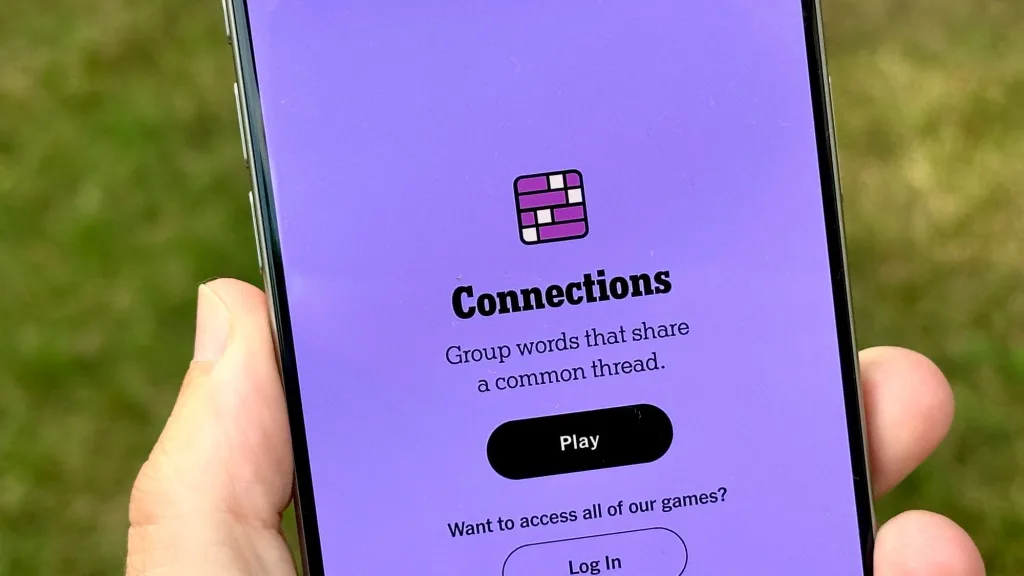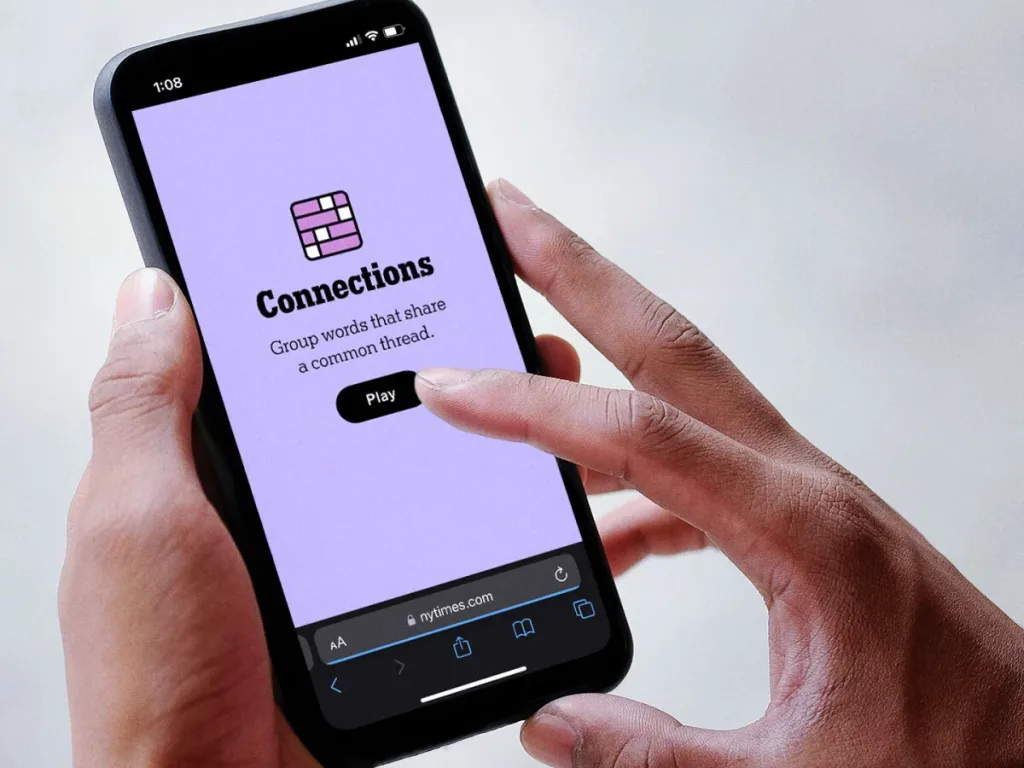Ready to tackle today’s NYT Connections puzzle? Puzzle #767 brings another challenging set of word associations that’ll test your pattern recognition skills. Whether you’re a seasoned solver or just starting your Connections journey, our comprehensive guide will help you maintain that winning streak without spoiling the fun.
Table of Contents
NYT Connections Today’s Puzzle Overview
| Detail | Information |
|---|---|
| Puzzle Number | #767 |
| Date | July 17, 2025 |
| Difficulty | Medium |
| Theme | Mixed categories |
| Mistakes Allowed | 4 |
How to Play NYT Connections
The NYT Connections puzzle presents 16 words daily, challenging players to categorize them into four different groups of four words each. The goal is to identify the common thread connecting each group without making more than four mistakes.
Color-Coded Difficulty:
- Yellow: Easiest category
- Green: Moderate difficulty
- Blue: Challenging
- Purple: Hardest category

Strategic Hints for July 17 Puzzle
Before diving into specific answers, try these strategic approaches:
- Start with Yellow: Look for the most obvious connections first
- Avoid Red Herrings: Some words might seem connected but belong to different categories
- Think Broadly: Categories can be literal, metaphorical, or wordplay-based
- Use Process of Elimination: If you’re stuck, eliminate what doesn’t fit
For more puzzle-solving strategies and brain training tips, check out our word puzzle guides section.
Category Hints (Spoiler-Free)
Yellow Category: Think about things you might find in a specific professional setting Green Category: Consider items that share a common physical characteristic Blue Category: Look for words that can precede a common word Purple Category: This involves wordplay and double meanings
General Solving Tips
Pattern Recognition: You just need to select four groups of four words in the four-by-four grid without making more than four mistakes. Focus on identifying the strongest connections first.
Common Mistake: Don’t rush into obvious connections. Sometimes the most apparent grouping is a trap designed to use up your mistakes.
Time Management: There’s no timer, so take your time to think through each potential connection thoroughly.

Why Connections Has Become So Popular
Connections is a daily word game from the New York Times, a company well-known for its challenging Crosswords and other puzzles. The game’s popularity stems from its perfect balance of challenge and accessibility, making it appealing to both casual players and puzzle enthusiasts.
The social aspect of sharing results without spoilers has created a community around the game, similar to Wordle’s viral success. Players can compare their solving strategies while maintaining the puzzle’s integrity.
Building Your Connections Skills
Regular practice helps develop pattern recognition and lateral thinking skills essential for mastering Connections. The game rewards both broad knowledge and creative thinking, making each puzzle a learning opportunity.
Visit our brain training section for more cognitive exercises and puzzle-solving techniques to improve your daily performance.
Staying Updated with Daily Puzzles
The New York Times releases new Connections puzzles daily, each with unique themes and varying difficulty levels. Following the official NYT Games section ensures you never miss a puzzle.
Bookmark reliable hint sources and join puzzle communities to share strategies without spoiling solutions for others.
Stay sharp with daily puzzle solutions and brain training exercises at TechnoSports for comprehensive cognitive gaming coverage.
Frequently Asked Questions
Q: What makes today’s NYT Connections puzzle (#767) particularly challenging, and what strategies work best for solving it?
Today’s NYT Connections puzzle #767 presents a medium difficulty level with mixed categories that require both literal thinking and creative wordplay recognition. The challenge lies in distinguishing between obvious surface connections and the actual thematic links the puzzle creators intended. The yellow category focuses on workplace-related items, which might seem straightforward but requires specific professional knowledge. The green category involves physical characteristics that could apply to multiple items, making it tricky to identify the exact four-word grouping. The blue category uses words that can precede a common term, demanding knowledge of compound words or phrases.
The purple category, as always, involves the most complex wordplay and double meanings. The best strategy for solving today’s puzzle is to start with the most concrete connections first, avoid being misled by obvious but incorrect groupings, and use the process of elimination when stuck. Pay special attention to words that could fit multiple categories – these are often the key to unlocking the correct groupings. Remember that the puzzle designers deliberately include red herrings to increase difficulty.
Q: How can beginners improve their NYT Connections solving skills, and what common mistakes should they avoid?
Beginners can significantly improve their NYT Connections skills by developing systematic approaches and avoiding common pitfalls. First, always start with the yellow category since it’s designed to be the easiest, then work your way up through green, blue, and purple. Practice pattern recognition by looking for obvious connections like synonyms, items in the same category, or words that share common prefixes or suffixes. Read extensively to build vocabulary and cultural knowledge, as Connections often references pop culture, history, science, and current events.
Common mistakes beginners make include rushing to group obvious connections without considering alternatives, not recognizing that some words can fit multiple categories, and failing to think creatively about wordplay in the purple category. Another major mistake is not using the shuffle feature when stuck – rearranging the words can reveal new patterns. Beginners should also avoid making random guesses when they have limited mistakes remaining. Instead, take time to analyze each potential connection thoroughly. Practice with archived puzzles to understand the puzzle creators’ thinking patterns and typical category types. Finally, don’t get discouraged by difficult puzzles – even experienced solvers struggle with certain themes, and consistent practice is key to improvement.








